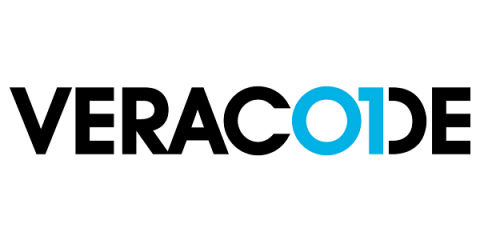Preventing CSRF Attacks
Cross-site request forgery (CSRF, sometimes pronounced “sea surf” and not to be confused with cross-site scripting) is a simple yet invasive malicious exploit of a website. It involves a cyberattacker adding a button or link to a suspicious website that makes a request to another site you’re authenticated on.


